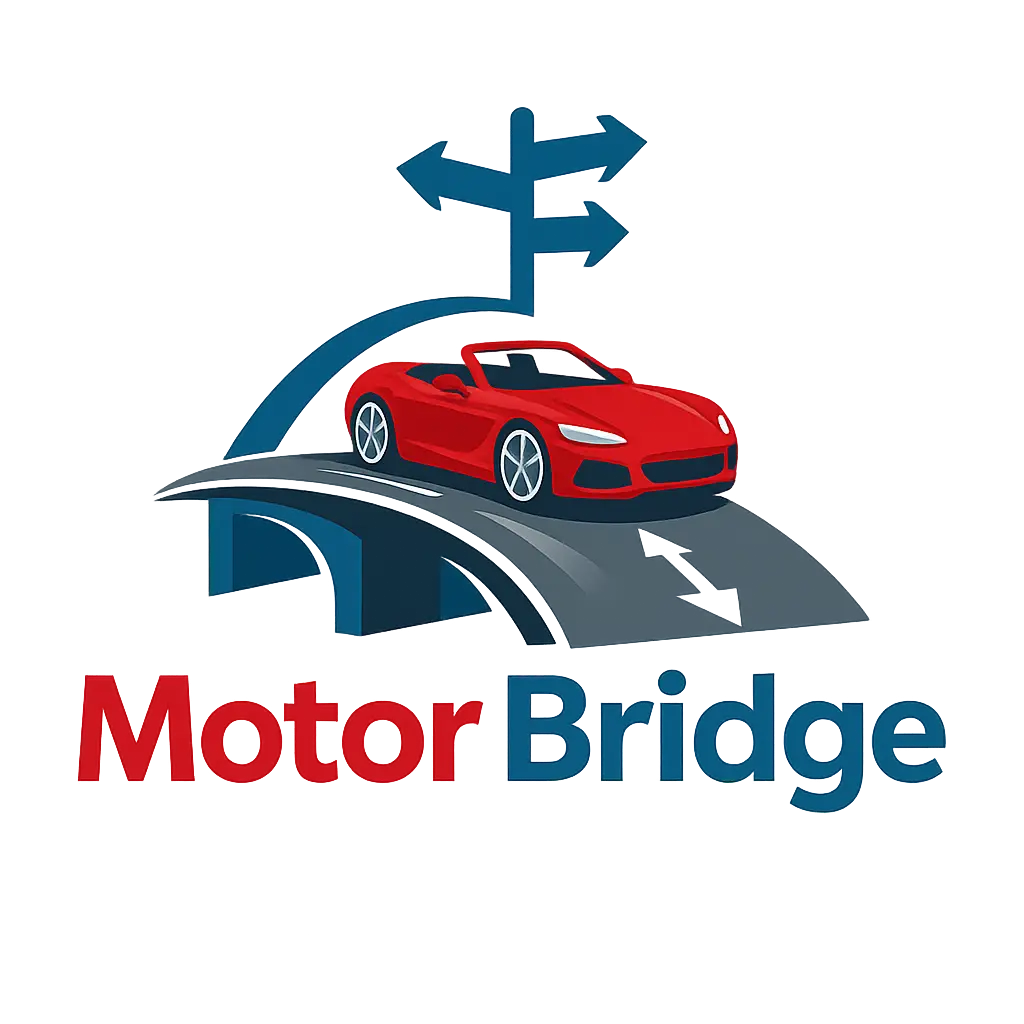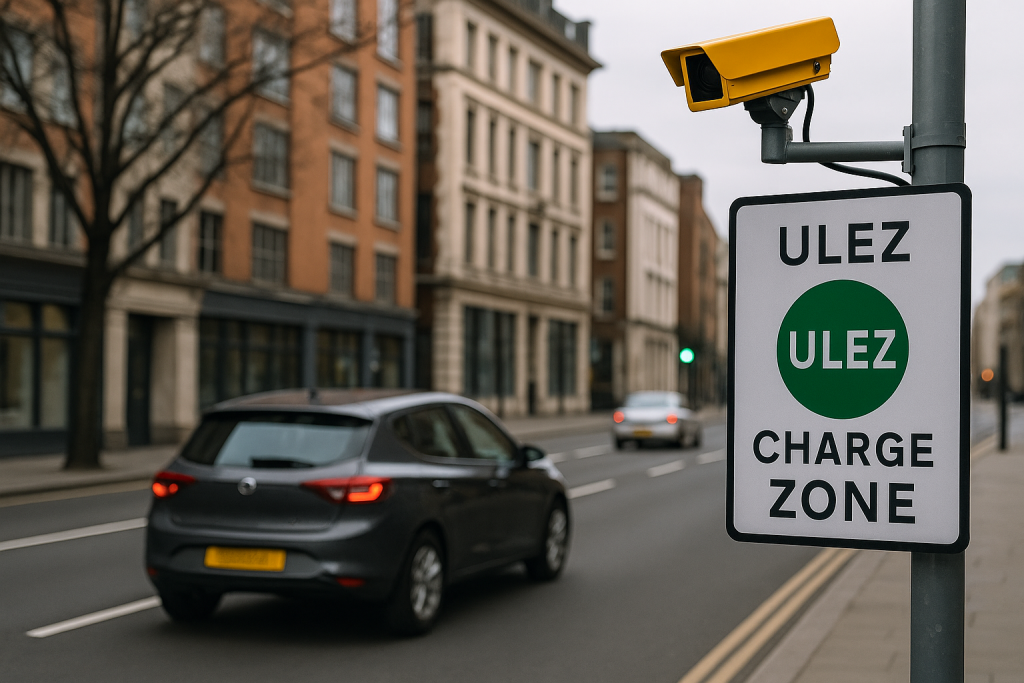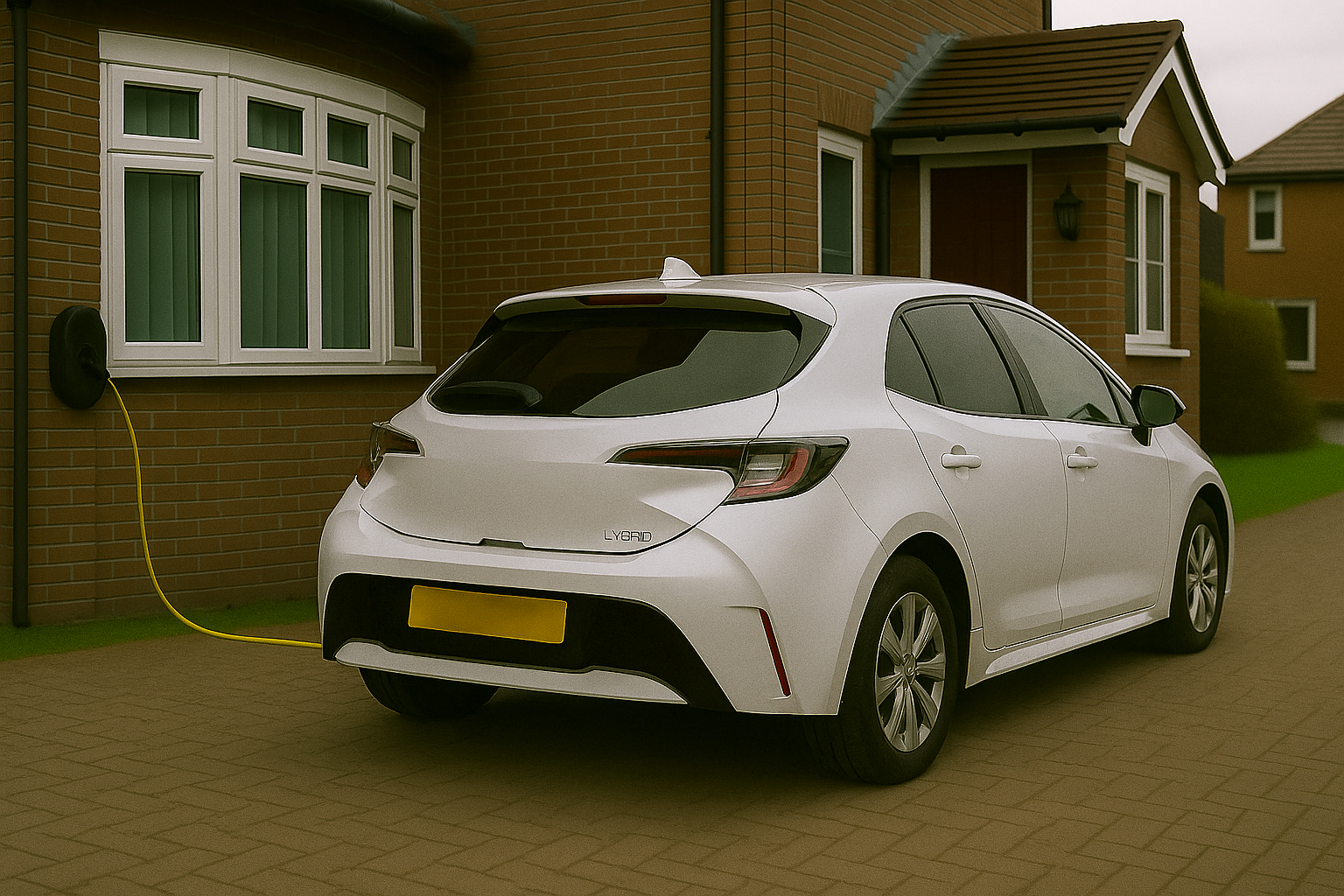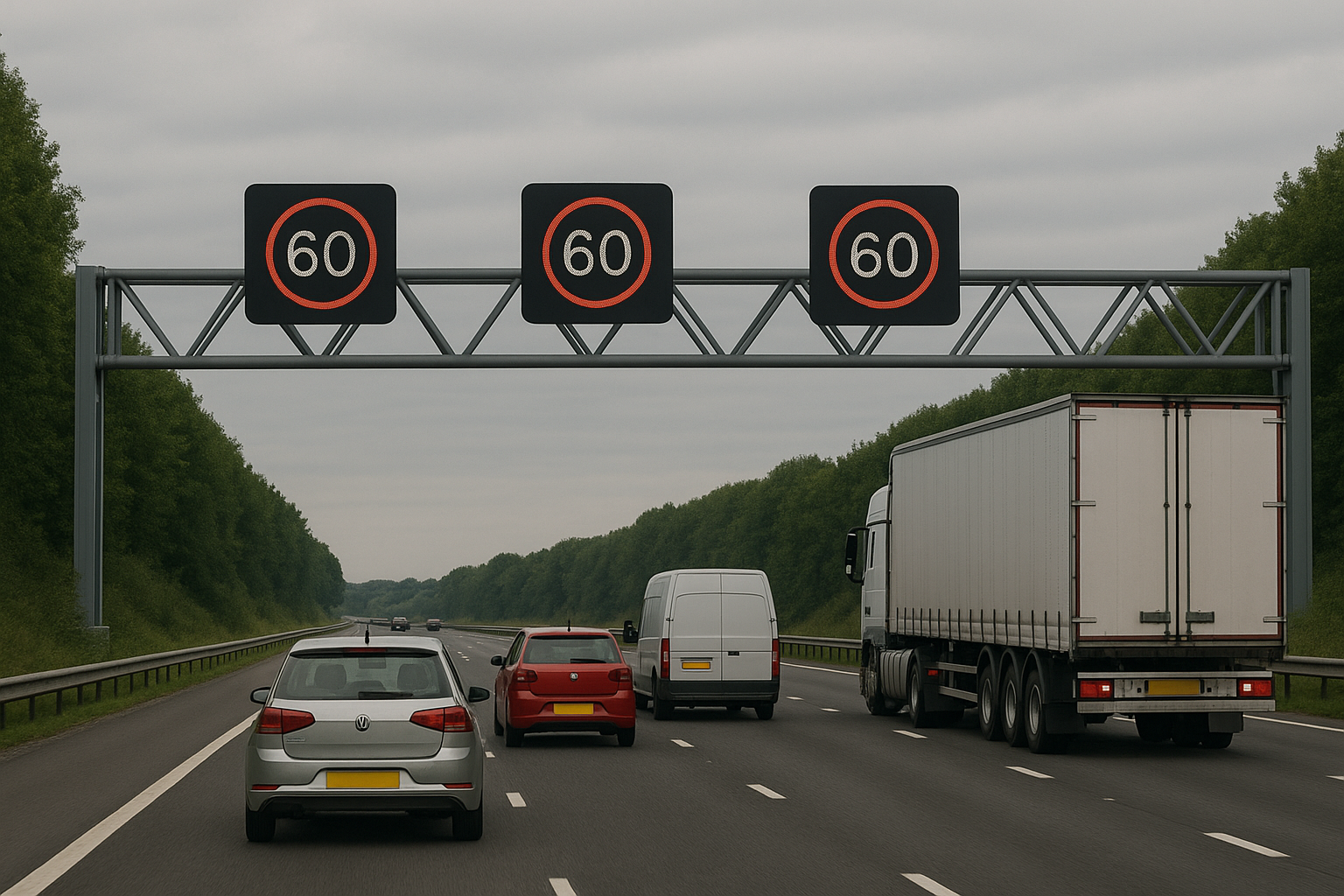Avoiding ULEZ Charges When Planning Routes — A Practical Guide for UK Drivers
Avoiding ULEZ charges is becoming a core part of route planning for millions of UK motorists. With London’s Ultra Low Emission Zone operating 24/7 and dozens of other Clean Air Zones active across England, drivers of non-compliant petrol and diesel vehicles face repeated daily costs simply for entering certain areas. Rather than paying every time, many drivers now adapt their journeys to avoid ULEZ charges by planning routes, choosing times, and understanding where boundary lines begin. This guide explains how to avoid ULEZ charges in London, how to avoid Clean Air Zone charges in other major UK cities, and what tools and habits make the difference between being fined and staying compliant.
Why Avoiding ULEZ Charges Matters to UK Motorists
ULEZ and Clean Air Zone charges are not one-off fees — they apply daily, every time the same vehicle enters the zone. For someone who drives into London five days per week with a non-compliant diesel, the cost can exceed £3,000 a year. Outside London, cities such as Birmingham, Bristol, Sheffield and Portsmouth also operate Clean Air Zones that charge older vehicles. For self-employed drivers, tradespeople and delivery drivers, avoiding ULEZ charges is not just about saving money — it directly affects business margins, profitability and job pricing.
Understanding How ULEZ and UK CAZ Schemes Work
ULEZ and Clean Air Zones all operate under the same principle — vehicles that do not meet the required emissions standards must pay a daily charge to drive inside a specific boundary. The key points are:
Cameras, not wardens, enforce the rules
Automatic Number Plate Recognition identifies vehicles
Payment must be made by midnight of the third day after travel in London
Non-payment becomes an enforceable Penalty Charge Notice
Compliance is based on vehicle emissions standard, not age alone
Avoiding ULEZ charges relies on understanding where the boundary sits, whether your vehicle is compliant, and what time rules apply in each city.
Which Vehicles Typically Trigger ULEZ Charges?
Whether you should focus on avoiding ULEZ charges depends on vehicle type. Most charges apply to:
Diesel cars below Euro 6 standard (typically 2015 and older)
Petrol cars below Euro 4 (typically 2005 and older)
Older vans, minibuses and commercial vehicles
Certain specialist or imported vehicles without certification
Electric and hydrogen cars are exempt. Most newer petrol vehicles meet the required standard, but many older diesel vans and private cars do not — which is why tradespeople are disproportionately affected and must actively consider avoiding ULEZ charges.
Knowing Exactly Where You Will Be Charged
Avoiding ULEZ charges is only possible if you know where the zone actually begins. Many drivers assume the boundary is obvious on the road — it is not. Signage can be minimal, and in London it often appears only at entry points without additional reminders inside. The official boundary lines can cut through residential streets and industrial areas unpredictably. A five-minute detour can be the difference between entering a charge zone and avoiding ULEZ charges entirely.
Avoiding ULEZ Charges in London — Route Strategy
London ULEZ cannot be avoided by driving later at night — it is enforced 24 hours per day, every day other than Christmas Day. To avoid ULEZ charges in London:
Plan using a map that displays the ULEZ boundary before you set off
Use A-roads that skirt the perimeter instead of cutting through central routes
Avoid sat-nav “fastest route” settings, which often send drivers straight into ULEZ
Enable specific ULEZ avoidance within the navigation settings when available
Use Park & Ride, rail or switching vehicle for the final section into the city
Drivers who assume “I’ll see signs before I enter” often fail — planning in advance is the only reliable way of avoiding ULEZ charges.
Avoiding ULEZ-Style Clean Air Zones Outside London
Other UK cities also operate Clean Air Zones where avoiding charges works similarly, but with local variations:
Birmingham CAZ — charges apply to older petrol and diesel cars entering the city centre ring road area
Bristol CAZ — rules apply to non-compliant private cars and vans within central Bristol
Sheffield CAZ — currently exempts private cars but charges vans, taxis, buses and HGVs
Portsmouth CAZ — targets non-compliant commercial vehicles in defined naval and port areas
Bath CAZ — charges commercial vehicles, not private cars
When planning journeys through these cities, avoiding ULEZ charges and CAZ charges requires checking whether private cars are charged or only commercial vehicles, because not every zone applies to everyone.
Navigation Tools That Help Avoid ULEZ Charges Automatically
Modern sat-navs and apps do not always avoid ULEZ or Clean Air Zones by default. To reliably avoid ULEZ charges:
Google Maps — only flags clean air zones in some cities, does not auto-avoid without manual changes
Waze — can show boundaries but must be configured to avoid charge roads
TomTom navigation — has specific low emission zone avoidance settings
HGV / Fleet navigation systems — often include CAZ routing by default
Drivers who rely on standard routing without checking settings often enter charge zones unintentionally. Always verify the route before departure rather than during the drive.
When Avoiding ULEZ Charges Is Not Worth It (Cost-Time Balance)
Avoiding ULEZ charges is financially sensible for frequent travellers, but not always for occasional visits. Sometimes a 45-minute detour burns enough fuel, parking time or business time that paying the ULEZ fee is cheaper overall. The real cost comparison is:
Cost of charge vs cost of avoidance (time, fuel, risk of getting fined).
For once-off travel, paying may be cheaper. For weekly or daily travel, avoiding ULEZ charges consistently is financially significant over a year.
Mistakes That Lead to Fines Instead of Savings
Many drivers intend to avoid ULEZ charges but still end up fined due to predictable mistakes:
Entering the zone accidentally then assuming leaving quickly cancels liability
Forgetting that London ULEZ runs 24/7
Believing CAZ systems only operate on weekdays
Relying on old sat-nav map data with outdated boundaries
Paying late or assuming “first time is a warning”
Avoiding ULEZ charges is not just a routing task — it requires awareness of timing, behaviour and payment rules.
Businesses and Tradespeople — Strategic ULEZ Avoidance
For commercial drivers, avoiding ULEZ charges can determine profit margins. Professional strategies include:
Pre-routing jobs to stay outside charged zones
Allocating compliant vehicles to city-centre work only
Using load drop points outside the perimeter
Moving warehouse or dispatch patterns to avoid regular entries
Scheduling deliveries overnight in CAZ-only cities that restrict hours rather than 24/7
Because London runs non-stop, businesses often choose compliant vans or plan alternative hubs rather than relying on avoiding ULEZ charges indefinitely.
Long-Term Options Instead of Continually Avoiding ULEZ Charges
Avoiding ULEZ charges works as a short-term tactic but long-term planning may be more effective:
Upgrading vehicles to Euro 6 diesel or compliant petrol
Switching to electric vans or cars incrementally
Using car clubs or compliant hire vehicles for occasional city trips
Relocating client meetings or delivery hubs outside zones
Consolidating multiple errands into single charged entries instead of repeated visits
Over a full year, the cost of repeated charges can exceed finance instalments on a compliant vehicle, which is why avoiding ULEZ charges is often a transition plan rather than a permanent solution.
Summary — Smart Planning Stops You Paying by Mistake
Avoiding ULEZ charges across the UK is entirely achievable with planning. By checking the route before departure, using navigation settings correctly, understanding when each zone operates, and knowing whether your vehicle is liable, you can prevent needless daily fees. For some drivers it is cheaper to adjust the day’s journey, for others it is cheaper to change the vehicle entirely — but blindly driving into charge zones without preparation always costs more. Successful motorists now treat avoiding ULEZ charges as part of their routine trip planning in the same way they budget fuel and time. Plan smarter journeys with a little advice from Motor Bridge.
Why not take a look at our UK Road Navigation solutions page?




